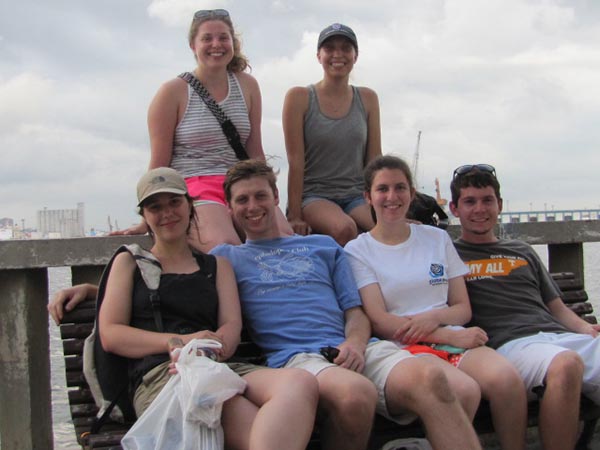Trip Report: Alternative Summer Break in Cuba
- Read Evalynn Borrego’s report on the Cuba trip »
- Read Aubrey Casey’s report on the Cuba trip »
- Read Brian Grim’s report on the Cuba trip »
- Read Reed Schneider’s report on the Cuba trip »
- Read Meghan Treece’s report on the Cuba trip »
From May 11 – 17, 2016, the TCE sponsored a trip to Havana, Cuba. Participating in this historic trip were: Evalynn Borrego, freshman, and Reed Schneider, sophomore, both Biomedical Engineering majors; Brian Grim, freshman, and Aubrey Casey, junior, both Mechanical Engineering majors; Abigail Cooper, freshman, Chemical Engineering major; and Meghan Treece, senior in Political Science. TCE International Coordinator Judith Mallory led the trip, the 13th for Global Initiatives. Globe Aware of Dallas, Texas, coordinated the trip details.
The Republic of Cuba is located in the Northern Caribbean Sea, ninety miles south of Florida, where the Caribbean, the Gulf of Mexico, and the Atlantic Ocean meet. The largest island in the Caribbean, Cuba is the second-most populous after Hispaniola, with over eleven million inhabitants. The main exports of Cuba are raw sugar, rum, rolled tobacco, petroleum, and nickel. Cuba’s is a planned economy dominated by state-run enterprises. Housing and transportation costs are low. Cubans receive free education, health care, and food subsidies. Ration books are still used for this purpose. Its three main religions are Catholicism, Atheism, and Santeria, an Afro-Cuban faith similar to that in Haiti. Since 1965, the country has been governed by the Communist Party of Cuba. Culturally, Cuba is considered part of Latin America. It is a multiethnic country whose people, culture, and customs derive from diverse origins, including the aboriginal Taíno and Ciboney peoples, the long period of Spanish colonialism, the introduction of African slaves, and a close relationship with the Soviet Union in the Cold War.
Since no US owned carriers are presently flying into Cuba, the group flew into Cancun, Mexico, to transfer to Cubana Airways for the remainder of the outbound trip. Andres Gonzalez, in-country coordinator, collected the group at the Jose Marti airport in Havana and took the visitors to the casa particular, or private home, located in historic Habana Vieja, or “Old Havana” where they would stay for the week. The Cuban government has recently approved the use of private homes for tourist rental. Similarly, they approved the concept of the paladar, which is a private home opened up by the resident to serve meals to the public. The option of operating any independent enterprise in Cuba is taxed at the rate of 20%. The casa particular used by the group was one floor of an apartment building that was over 100 years old. Steep and narrow marble steps beyond a door to the street led to the unit, which was located on Monserrate Street in Old Havana across from a police station and old jail under restoration.
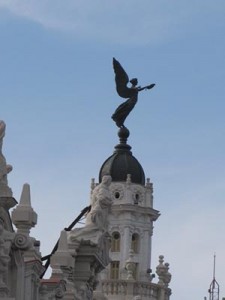
The first full day was spent on foot, touring main sites in Havana. The group met their state-licensed tour guide, Miriel, for a five-mile walk all around the city that ended in a ride in a bici-taxi back to the apartment. The idea for the bici-taxi came from the Chinese rickshaw. The base is a bicycle and a semi-covered double seat is attached in the back, where passengers can ride. Some of the bici-taxis had music, bumper stickers, air horns, and hood ornaments from classic cars. Along the walking route, the group saw various plazas, parks, green spaces, sculpture, museums, fruit stands, Santeria shops, and homes. They visited an old pharmacy museum complete with antique medicine jars, microscopes, and mortar and pestle sets; it still functions as a basic drugstore. Two other sites of interest included the Floridita Restaurant, which claims to be the cuna de daiquirior cradle of the daiquiri, which was supposedly invented there, and the Hotel Ambos Mundos. Both are purported to be places frequented by Ernest Hemingway, a favorite of Cubans, on his numerous trips to the country. Interestingly, one of the newer restaurant’s slogan was, “Hemingway was never here.” Part of the walking tour took place along the Paseo del Prado, a wide terrazzo walkway which was recently host to a fashion show by the House of Chanel, who used it as a runway. It leads through town all the way to the Bay of Havana and the famous Malecon, the road running alongside the sea. The Malecon is to Havana what the Champs Elysees is to Paris. Public squares and parks seen along the walking route included Parque Central, Plaza Vieja, and Plaza de Armas. Many locals were out and about on the streets and in the parks. At several locations, military personnel in uniform were observed fumigating homes for mosquitoes, which is mandated by the government. In addition, many fountains have been drained to discourage the breeding of the insect.
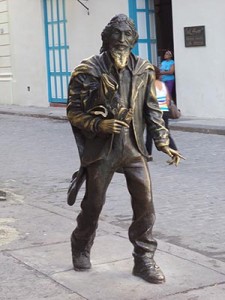
The city is amazingly clean for its size and filled with many styles of architecture. Numerous classic cars from the US are on the roads in Havana, operating as taxis, in addition to automobiles from China and Russia. The evening was spent at the Castillo de San Carlos de la Cabana, the largest fortress in Latin America, dating from the 18th century, which at the time made Havana the most heavily-fortified city in the New World. Intact stone walls surround the installation. There are two drawbridges (now nonfunctioning) and thus two motes. The group observed the nightly canon ceremony, the Cañonazo, which is re-enacted by actual military personnel in period costume. Picture American Revolutionary soldiers in tri-cornered hats and powdered wigs and you are on the right track. The ceremony is elaborate, with lots of shouting (in Spanish, of course) and a drum corps. It is symbolic of times of yore when the gates to the city were closed each night at 9:00 p.m. Although they don’t fire an actual cannon ball into the bay, they may as well because whatever they blow up in the cannon sounds just like it. The shot can supposedly be heard every night all over Havana at precisely 9:00 p.m.
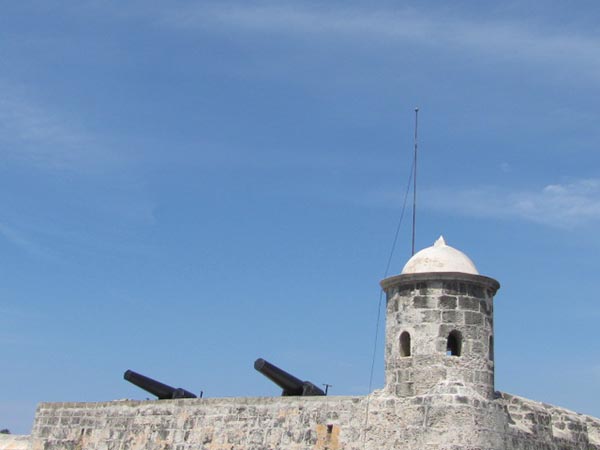
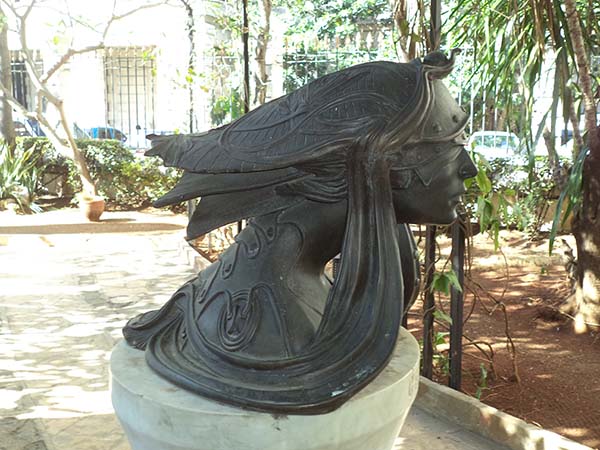
Lots of restoration is happening in Havana, not only by Cubans but by the French and Chinese. Havana’s City Historian, Eusebio Leal Spengler, set up an organization known as Habaguanex in 1994. It serves as a holding company that earns money through tourism and re-invests in a mix of historical preservation and city-wide urban regeneration. This benefits the neighborhood’s 91,000 residents not only by attracting tourists to an area under restoration, but with improved schools, special needs facilities, elder care homes, neighborhood organizations, and historically significant buildings. It is estimated that about 25% of Old Havana has been refurbished due to the efforts of Habaguanex, who runs twenty hotels, four classic forts, and over thirty museums.
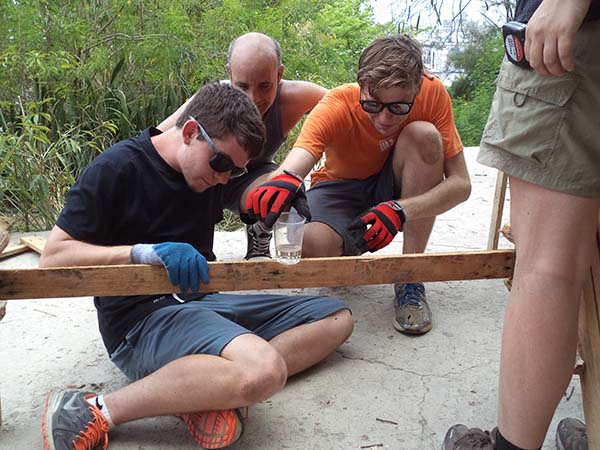
The work days were spent in the district of Casa Blanca, accessible by an old, rusty ferry in excellent operating condition. Immediately after exiting the ferry, one may observe an old, operational electric train. The quieter side of Havana, Casa Blanca has some residents working on the promotion of economic development. One attraction they hope to soon complete is a therapeutic center that will offer services to the community as well as tourists. In addition to meditation and yoga, they will offer massage, whole foods, and medicinal herbs, which they are now growing at La Finca Archaeologica Rincon del Cristo. The reference to archaeology in the name refers to fossils found onsite. The group was tasked with building a kiosk, from which coconuts will be sold. They got to sample coconut water, still in the shell, which had just been chopped open with a machete by one of the locals who worked alongside the group on the project. All materials were recycled, and nails had to be pulled from the lumber and straightened for re-use. The group brought tools for the project, as they are expensive and difficult to obtain in Cuba. They were donated for future building projects. While touring the site, the group saw the sculpture El Cristo de la Habana, The Christ of Havana, a colossal sculpture of the Sacred Heart of Jesus, the work of Cuban sculptor Jilma Wood. The statue was made of marble from Carrara, Italy, and is about twenty meters high, resting on a base of three meters in which its creator buried diverse objects of the time. Its approximate weight is 320 tons. The statue consists of sixty-seven pieces that were brought from Italy, since it was sculpted in Rome, and blessed there by Pope Pius XII . It is one of four white Christ statues in the world, similar to the much larger Cristo Redentor statue in Rio de Janeiro, Brazil. Inaugurated on December 24, 1958, just fifteen days later, Fidel Castro entered Havana during the Cuban Revolution.
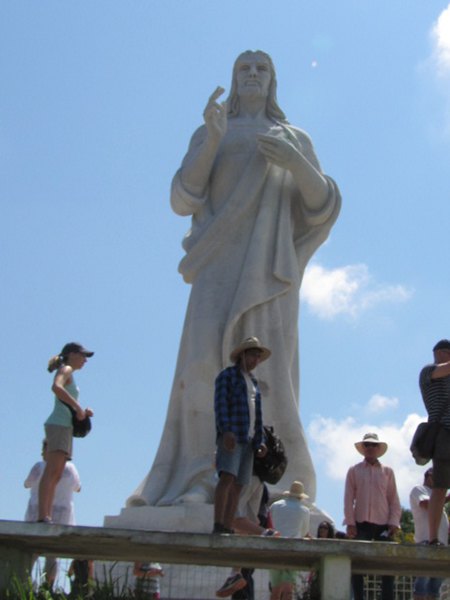
Another activity involved a road trip to the west side of the island to the Viñales Valley. On the way there, Miriel explained that hitchiking is a popular form of transportation in Cuba. Several folks along the roadside were waving Cuban pesos to entice drivers to stop. Apparently, one can get into trouble with the government for NOT picking up a hitchhiker, if there is room in the car. Not to be confused with hitchhikers, several cheesemongers were seen along the roadway as well, holding up wheels of homemade cheese for sale.
The Viñales Valley is topographically different than the other side of the island.Valle de Viñales is a karstic depression in Western Cuba. The valley has an area of 132 km2 (51 sq. mi) and is located in the Sierra de los Òrganos mountains just north of Viñales in the Pinar del Río Province. Tobacco and other crops are cultivated on the bottom of the valley, mostly by traditional agricultural techniques. Many caves dot the surrounding hill faces. The conspicuous cliffs rising like islands from the bottom of the valley are called mogotes, which resemble huge gum drops. While in Viñales, the group toured the Cueva del Indio, or, Cave of the Indian, an impressive and huge cavern containing a small lake upon which they rode in boats. They then ate lunch at a rural paladar specializing in dishes including lamb, lobster, chicken, beans, rice, and fresh produce grown on-site. After lunch, they toured a tobacco farm, in whose drying barn a fourth-generation farmer gave a presentation in Spanish about the planting, cultivation, drying, and production of tobacco. The presentation concluded with the farmer demonstrating how cigars are constructed and rolled. He estimated that if all materials were within reach, he could roll sixty cigars per hour.
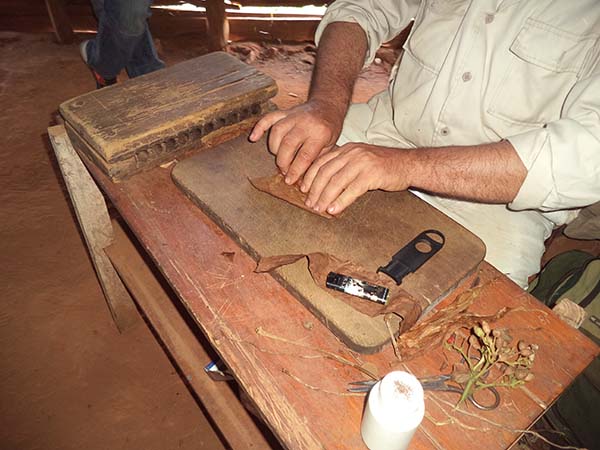
Another attraction the group got to visit was the Camera Obscura. Leonardo da Vinci first detailed the description of the camera obscura in his “Atlantic Codex” in 1490, but the concept dates from the 5th Century B.C. It was a gift to Havana from Spain, and the only one of its kind in Latin America. A camera obscura (Latin for “dark chamber”) is an optical device that led to photography and the photographic camera. The device consists of a box or room with a hole in one side. Light from an external scene passes through the hole and strikes a surface inside, where it is reproduced, inverted (thus upside-down), but with color and perspective preserved. In the case of the Camera Obscura in Havana, one may view surroundings in a 360-degree perspective in real time. The next stop was the Maqueta de la Habana, a 1:500 scale miniature depiction of the city. This was a massive family effort which took several years to complete. The buildings are lighted in order that one may observe how the city looks at night. Another stop along the route was to the bank to exchange money; only two patrons are allowed in the bank at one time, leading to long lines outside. The group then went to the local market, first passing by Chinatown; one of the bici-taxi drivers remarked that, “It is the only Chinatown in the world with no Chinese in it.” Apparently those residents left shortly after the embargo.
A most interesting engineering marvel was observed by car several times on the trip. In the late fifties, Cuban dictator Fulgencio Batista planned to expand the city to the East. A new interconnection between Old City and the Eastern side across the Bay of Havana was needed, so the traffic tunnel under the Havana Bay was built by the French company, Societé de Grand Travaux de Marseille between 1957-58. The tunnel begins at the Paseo de Prado in Old Havana, is 733m long and 12m below ground level. It is known as the Rio Almendares Tunnel, since the Rio Almendares, or the Almendares River above it separates the residential Miramar district from the neighboring Vedado district.
One of the more moving and historical sites the group observed was at the back of the Fortress of San Carlos; here are displayed some of the remains of the U2 former CIA plane piloted by Maj. Rudolf Anderson while doing surveillance for the United States Air Force that would reveal the presence of missiles on the island of Cuba. On display are a wing and part of the tail assembly. Major Anderson was the only casualty of the Cuban Missile Crisis, having been shot down by a Soviet-supplied surface-to-air missile on October 27, 1962.
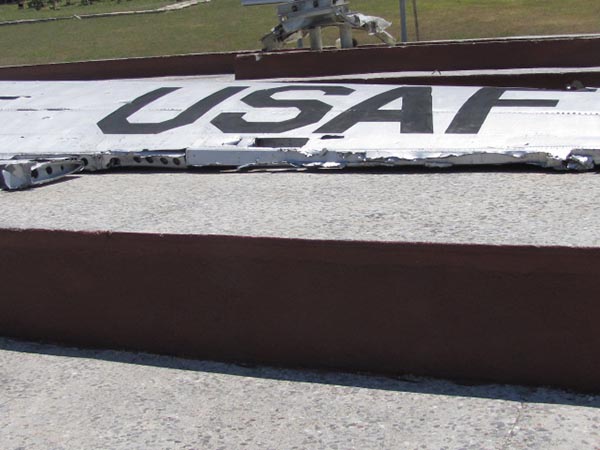
The Cuban people demonstrated a sense of warmth, friendliness, and determination to live life to the fullest. At any hour, people could be found on the streets talking, playing music, and enjoying each other’s company.
After seven days in Cuba, the group came away with an appreciation for and perspective of the gastronomy, culture, people, history, politics, and economy of this country only recently opened to visits by United States Citizens.
